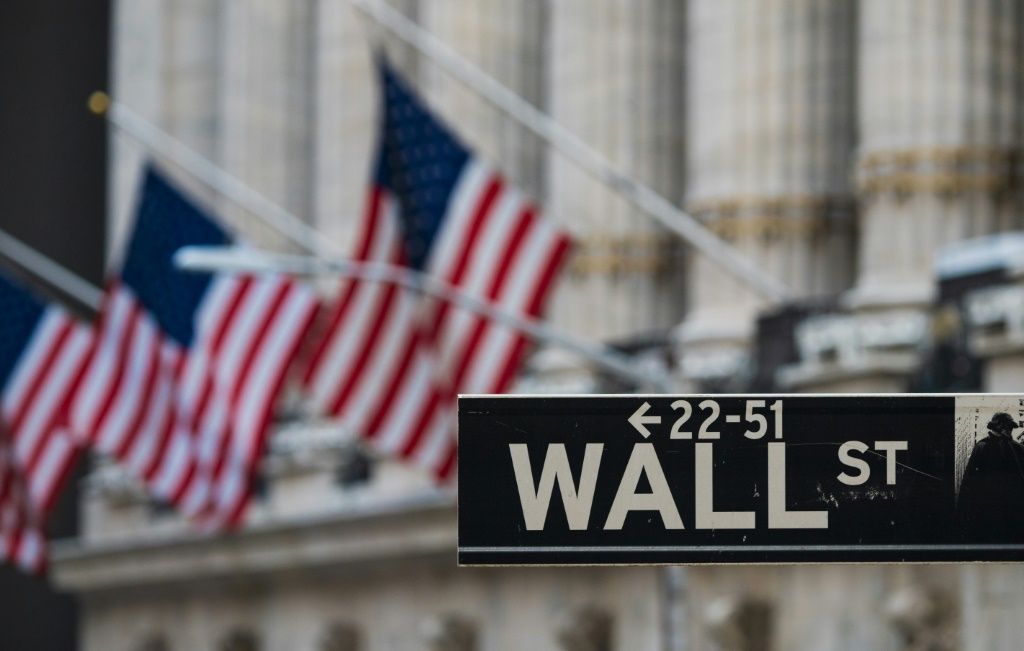Wall Street was on a melt-up course Thursday following the release of the October Consumer Price Index report.
The report released early in the day fulfilled Wall Street’s wishes of easing inflation pressures, with the CPI rising at an annual rate of 7.7% in October, down from 8.2% in September and the lowest since January. In addition, the core CPI, which excludes food and energy, rose 0.3% in October, up 6.3% over the year, below market expectations.
Tomas Philipson, a former White House Economic Advisor and a public policy professor at the University of Chicago, noted the report’s implications for monetary policy.
“The Fed is often focused on month-to-month core inflation, which for October was mainly driven by shelter numbers that make up 40%of core inflation,” Philipson told International Business Times in an email. “But the shelter part of CPI is highly lagged, and we are currently in a housing recession. Therefore, actual October inflation is likely less than the October CPI measures it to be.”
If that turns out to be the case, it could force the Federal Reserve to end interest rate hikes sooner than later and eventually change course altogether, lowering interest rates.
That’s a good thing for every asset. For fixed-income securities, like bonds, it’s a positive factor, as interest rates are the discounting factor that determines the present value of the future cash flows these securities bring to investors. The lower the discounting factor, the higher the value of these securities.
The same is true for equities: lower interest rates make future cash flows more valuable, increasing the intrinsic values. In addition, lower interest rates boost consumer and business spending, helping the top lines of listed companies, and driving valuations higher.
And that could explain the monstrous rally on Wall Street that followed the release of the inflation report, with participants chased after every significant asset, pushing prices sharply higher. The U.S.Treasuries with the iShares 20+ Year Treasury Bond ETF (TLT) gained 3.85%. Likewise, gold jumped close to 3%, while the tech-heavy Nasdaq rose a whopping 7.2%, the highest gain since March 2020. Even bitcoin made a sharp turnaround, shaking off a looming cryptocurrency crisis.
The rally across all asset categories got another boost from the lower dollar, which helped large-cap companies deriving a significant portion of their earnings from overseas markets, like high techs, mainly listed on the Nasdaq. Thus, the significant gains in this market.
Throughout the day, traders and investors were caught by a fear of missing out mentality fueling a buying cascade, where none wanted to be left behind.
Still, experts suggest caution, as it is too early to declare Fed’s victory on inflation, which could make the rally sustainable. Philipson cites that despite the strong CPI response in equity and bond markets, interest rate futures reflecting future Fed hikes did not move much, meaning that markets are still skeptical on the course of future inflation.
Callie Cox, U.S. Investment Analyst at eToro, an Israeli-based social trade and multi-investment company, thinks the recent inflation report could keep markets stuck in the two-steps forward, one-step back environment.
“Investors are also laser-focused on economic data because they know the Fed is extremely data-dependent,” Cox told IBT. “The CPI report could be a relief, but we have no idea what’s coming down the road.”







